 |
| The university merger will help improve the quality of training, making it easier for learners to access quality education . (Photo: Van Trang) |
The biggest reform in the history of Vietnamese higher education is taking place, with about 140 public universities being merged, reorganized or dissolved. This is considered a "breakthrough" step, aiming to overcome the fragmented and small-scale situation, improve management efficiency, and move towards strong universities that can compete regionally and internationally. But to truly become stronger, it is not just a matter of adding together the schools, but also a matter of vision, people and university culture.
The inevitable turning point
Over the past two decades, Vietnam’s higher education system has grown rapidly in quantity but slowly in quality. From 101 institutions in 1987, the number has now increased to 264, of which 173 are public schools. The rapid development has caused resources to be dispersed, many schools are small, majors are duplicated, facilities are weak, and research capacity is low. Many schools exist on budgets, enrollment is sluggish, and operations are at a standstill.
In that context, the policy of restructuring and merging is inevitable. Resolution 71 of the Politburo and Resolution 281 of the Government both clearly define the requirement of "arranging, streamlining, eliminating intermediate levels, ensuring effective governance". Minister Nguyen Kim Son called this "an important opportunity and breakthrough point" and if not seized, higher education will continue to miss the pace with the region.
In fact, Vietnam is not the leader in this process. China merged 385 universities in the period 1996 - 2001 to form multidisciplinary and comprehensive universities; South Korea is also restructuring a series of schools due to the population crisis. There, the merger is not only to streamline the focal point, but also to build universities with global brands, linking research - training - production.
If properly implemented, university mergers will bring many benefits. First of all, it helps to concentrate resources, avoid duplication of professions, and promote regional strengths. A strong school can lead weaker units, creating a large-scale academic and research ecosystem. At that time, students will study in a better environment, lecturers will have conditions to develop their expertise, and the state will reduce the cost of maintaining hundreds of fragmented "hubs".
The merger is also an opportunity to restructure the governance model. Many schools currently operate under a heavy administrative mechanism, lacking real autonomy. When restructuring, it is necessary to establish a streamlined governance model, increase the authority of the school board and principal, and link accountability with autonomy. In addition, this is also an opportunity to review the leadership team, define a new vision, and build a development strategy in the direction of multi-sectoral - inter-sectoral - international integration.
If viewed correctly, university restructuring is not just a matter of "merger", but an opportunity for comprehensive reform from management thinking, training to research and knowledge transfer. It can open the way to form 3-5 elite world- class universities, as the direction that Minister Nguyen Kim Son mentioned.
Must put learners at the center
However, opportunities only become reality when accompanied by careful preparation. Because if done hastily, the merger can cause great disruption. As Professor Dr. Tran Diep Tuan (Ho Chi Minh City University of Medicine and Pharmacy) warned: "Mergers do not always mean development. If there is a lack of governance foundation and organizational culture, the new system may be weaker than before."
In fact, "university culture" is a difficult factor to measure but extremely important. Each school has its own identity - from teaching, research to academic activities. When two or more units merge, conflicts of power, interests, or cultural conflicts are inevitable. The selection of leaders, the establishment of new apparatus, and the division of resources must be transparent and fair, avoiding the "swallowing" mentality between large and small schools.
Meanwhile, through the press, Associate Professor Dr. Nguyen Kim Hong (former Principal of Ho Chi Minh City University of Education) also noted: Restructuring is correct, but the criteria must be made public, there must be a clear roadmap, and consultation with relevant parties. If there is a lack of transparency, mergers can undermine social trust, which is something that Vietnam's higher education sector is in dire need of restoring.
So how to truly "get stronger"? What experts agree on is: avoid mechanical mergers. Delegate Ta Van Ha said very frankly: "A weak school merging with a strong school, if not well prepared, can cause the strong school to be affected and its quality to decline." Merging cannot just be about adding names, combining locations, or merging staff. It must be based on academic criteria, regional development needs, and the management capacity of the new organization.
To "get stronger", careful screening is needed. Schools that do not meet standards should be dissolved; schools with potential should be invested in to develop, instead of being leveled. For merged facilities, there should be specific policies on finance, infrastructure, and personnel, especially in the transition period. Because without initial investment, "restructuring" will only be a formality.
More importantly, we must put the learner at the center. Any changes, big or small, must ensure the rights of students, not allowing them to become victims of administrative disruption. A strong university system cannot be measured by size or budget alone, but by the quality of training and student satisfaction.
The merger of 140 universities is not only an organizational problem, but also a test of educational management thinking. Vietnam needs to overcome the model of "school as an administrative unit", moving towards "school as a center of knowledge". At that time, streamlining the apparatus is not only to save money, but also to regenerate and create truly autonomous, creative and socially influential universities.
That spirit is reflected in the directive of Minister Nguyen Kim Son: "firmly grasp what needs to be grasped, decisively let go of what needs to be let go." This is a message worth pondering. The State needs to focus on its strategic management role, while schools must be autonomous in academics, finance and personnel. When power goes hand in hand with responsibility, when autonomy is linked to transparency, the university system can mature.
The upcoming restructuring will certainly not be easy. But if carried out with a long-term vision, with open dialogue and a spirit of learning, it can become a historic turning point. Because a country that wants to develop sustainably cannot rely on weak universities. Only when universities become strong not in scale, but in quality, in intelligence and courage - can the country truly enter the knowledge era.
Source: https://baoquocte.vn/sap-nhap-dai-hoc-thach-thuc-va-co-hoi-tu-cuoc-cai-to-lon-332360.html


![[Photo] The Third Patriotic Emulation Congress of the Central Internal Affairs Commission](https://vphoto.vietnam.vn/thumb/1200x675/vietnam/resource/IMAGE/2025/10/30/1761831176178_dh-thi-dua-yeu-nuoc-5076-2710-jpg.webp)
![[Photo] National Assembly Chairman Tran Thanh Man receives foreign ambassadors who came to say goodbye](https://vphoto.vietnam.vn/thumb/1200x675/vietnam/resource/IMAGE/2025/10/30/1761820977744_ndo_br_1-jpg.webp)
![[Photo] Touching scene of thousands of people saving the embankment from the raging water](https://vphoto.vietnam.vn/thumb/1200x675/vietnam/resource/IMAGE/2025/10/30/1761825173837_ndo_br_ho-de-3-jpg.webp)
![[Photo] General Secretary To Lam attends the Vietnam-UK High-Level Economic Conference](https://vphoto.vietnam.vn/thumb/1200x675/vietnam/resource/IMAGE/2025/10/30/1761825773922_anh-1-3371-jpg.webp)
![[Photo] General Secretary To Lam meets former British Prime Minister Tony Blair](https://vphoto.vietnam.vn/thumb/1200x675/vietnam/resource/IMAGE/2025/10/30/1761821573624_tbt-tl1-jpg.webp)

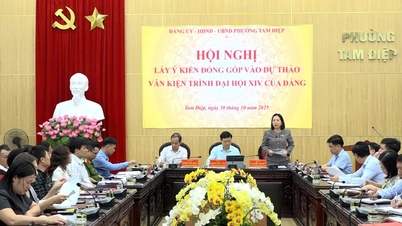

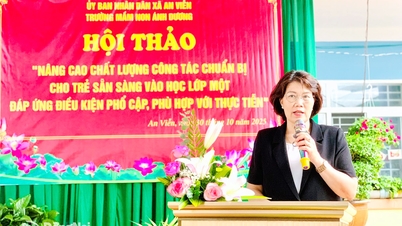



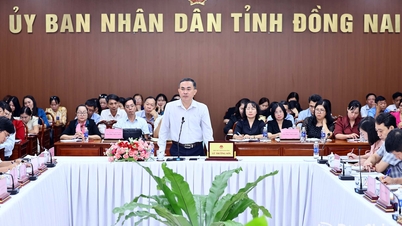
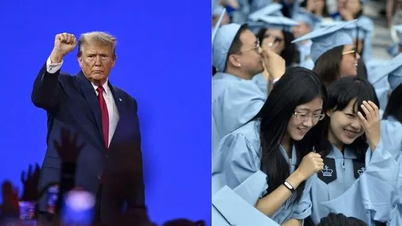



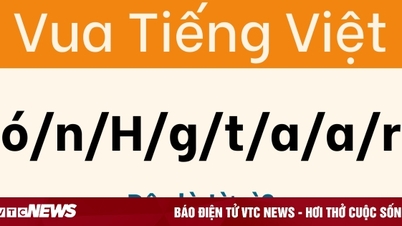

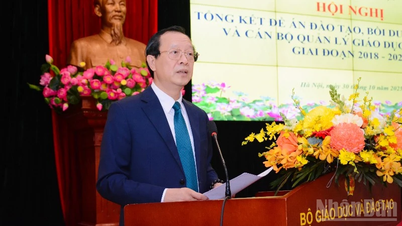

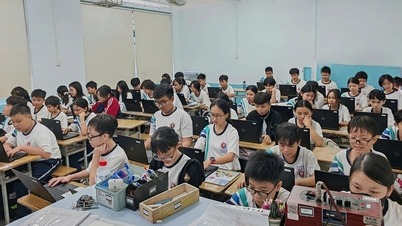



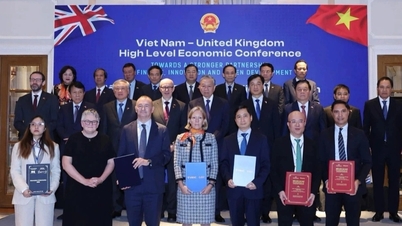






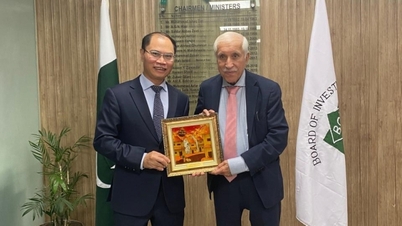
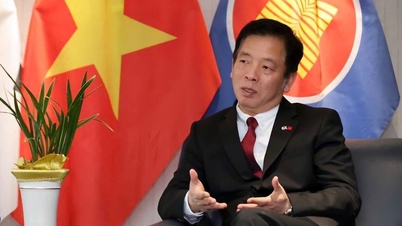
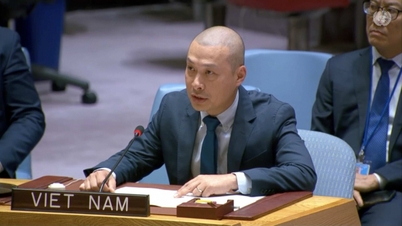

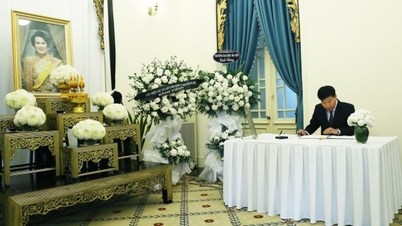
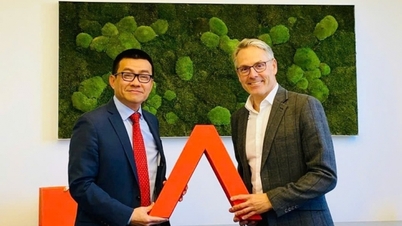














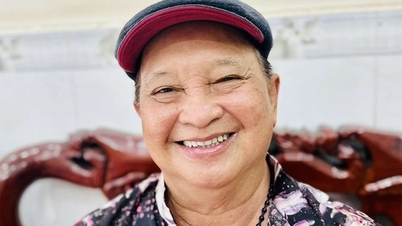





















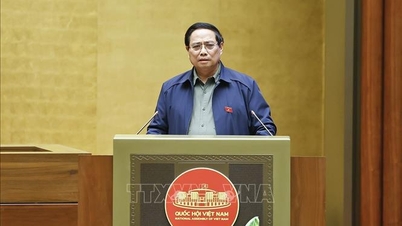

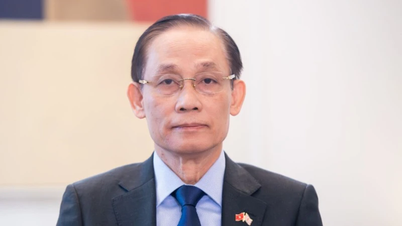
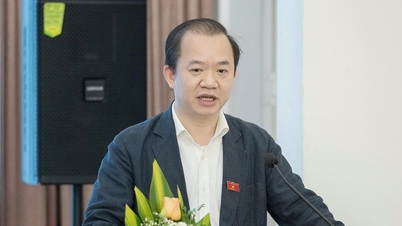

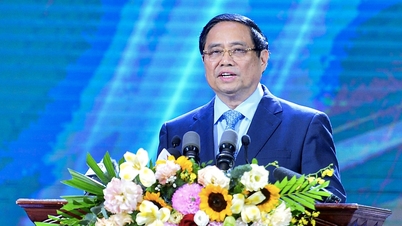



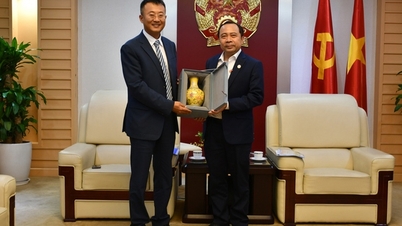
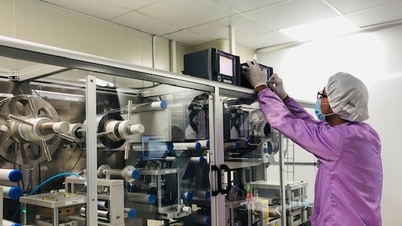
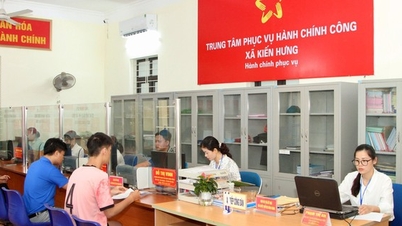
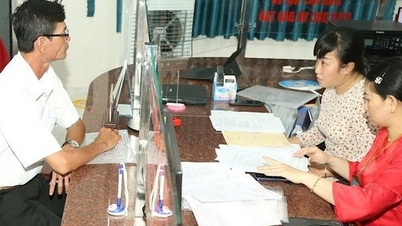
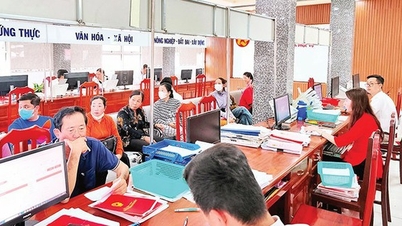


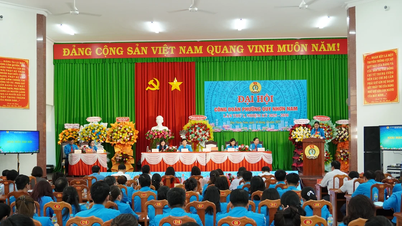



















Comment (0)